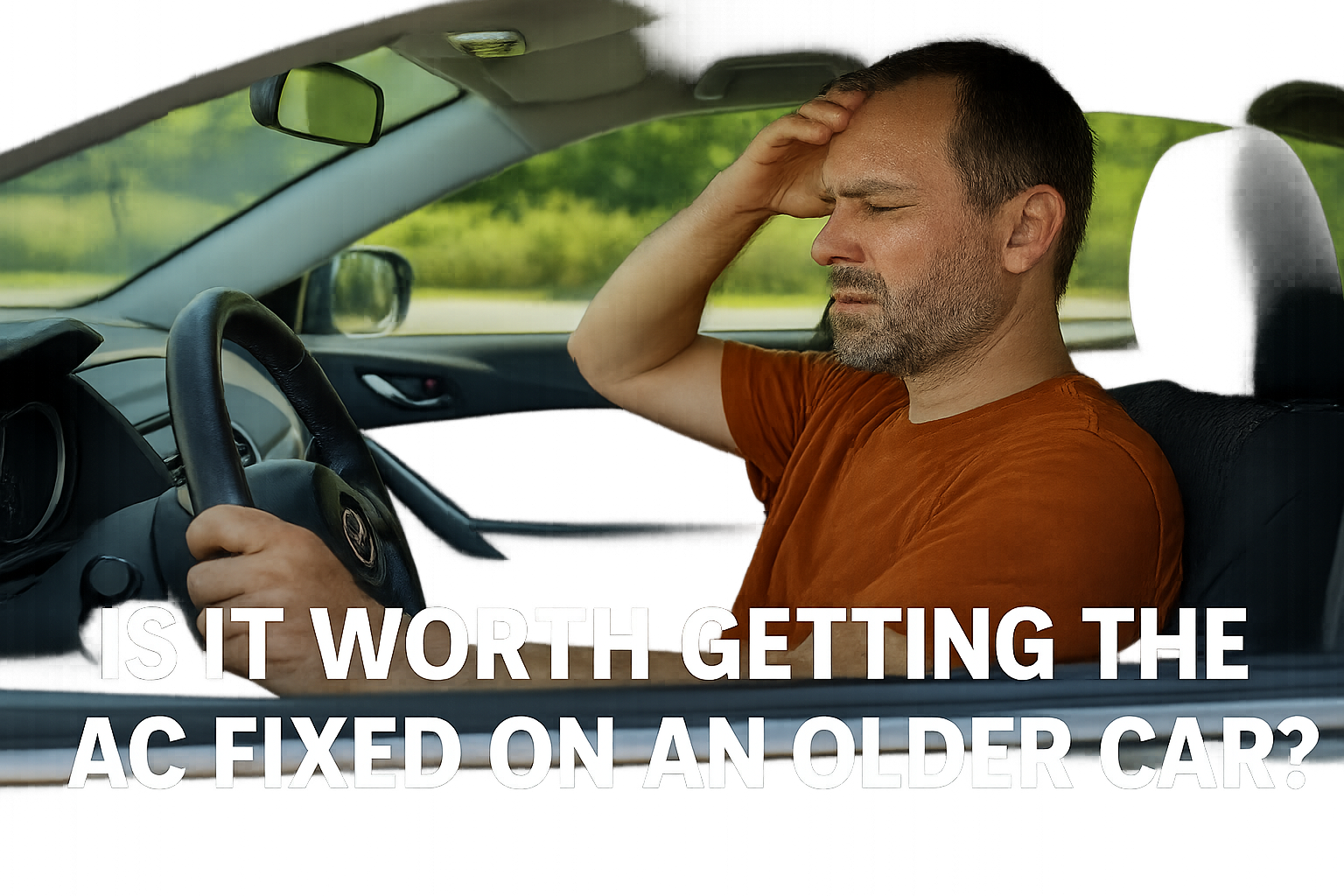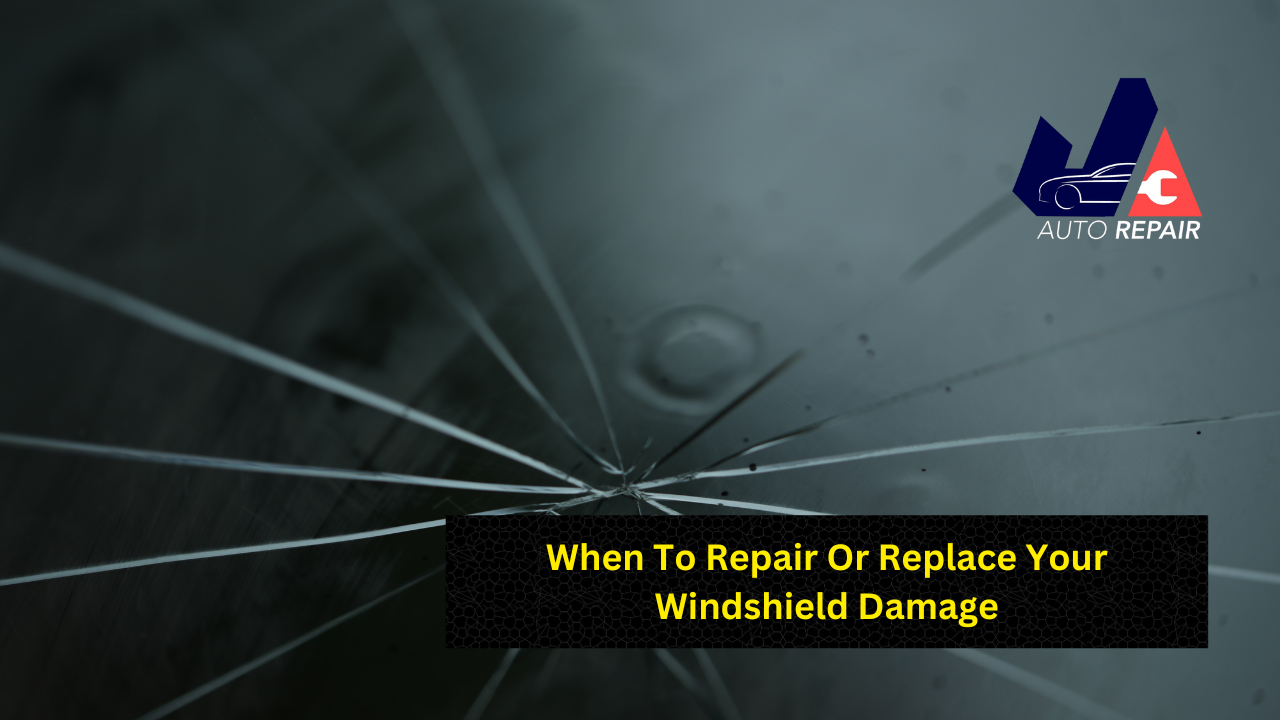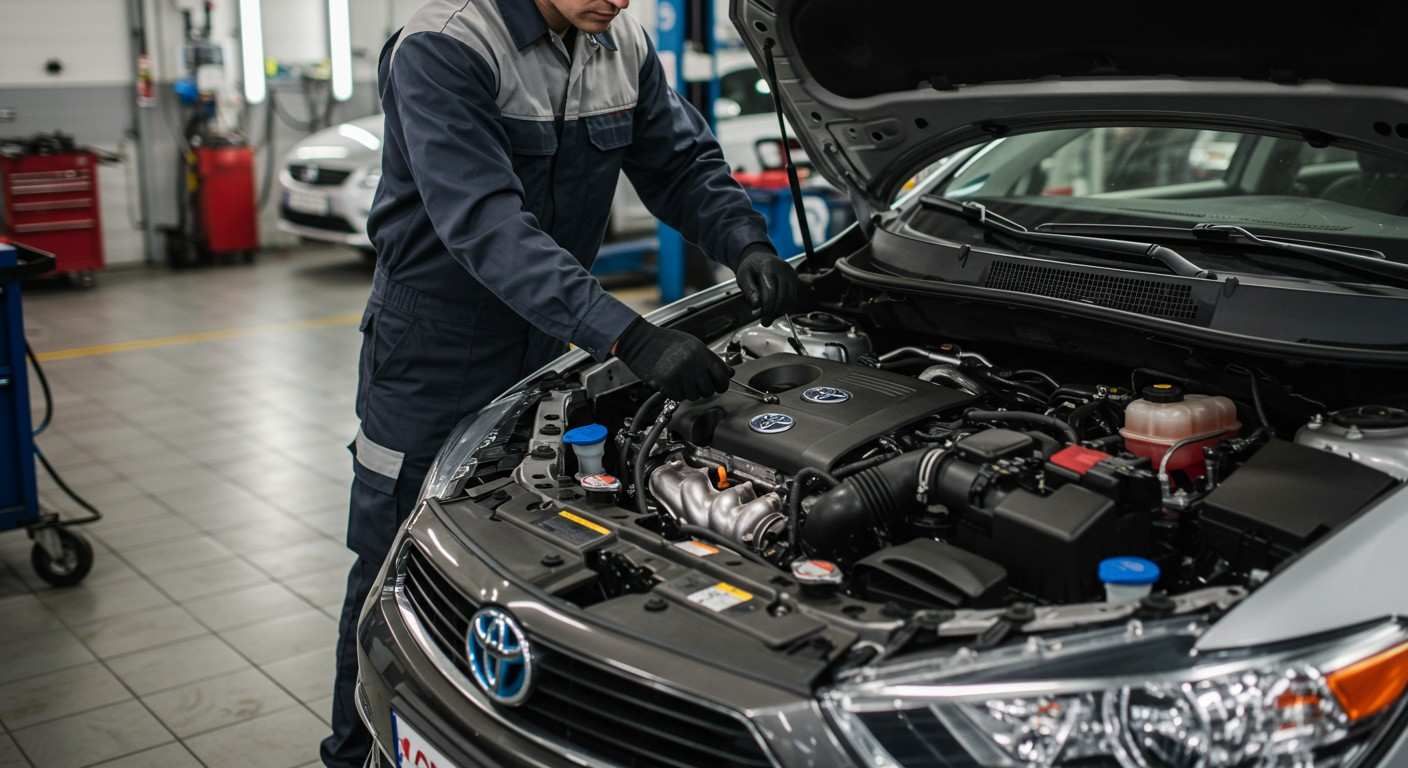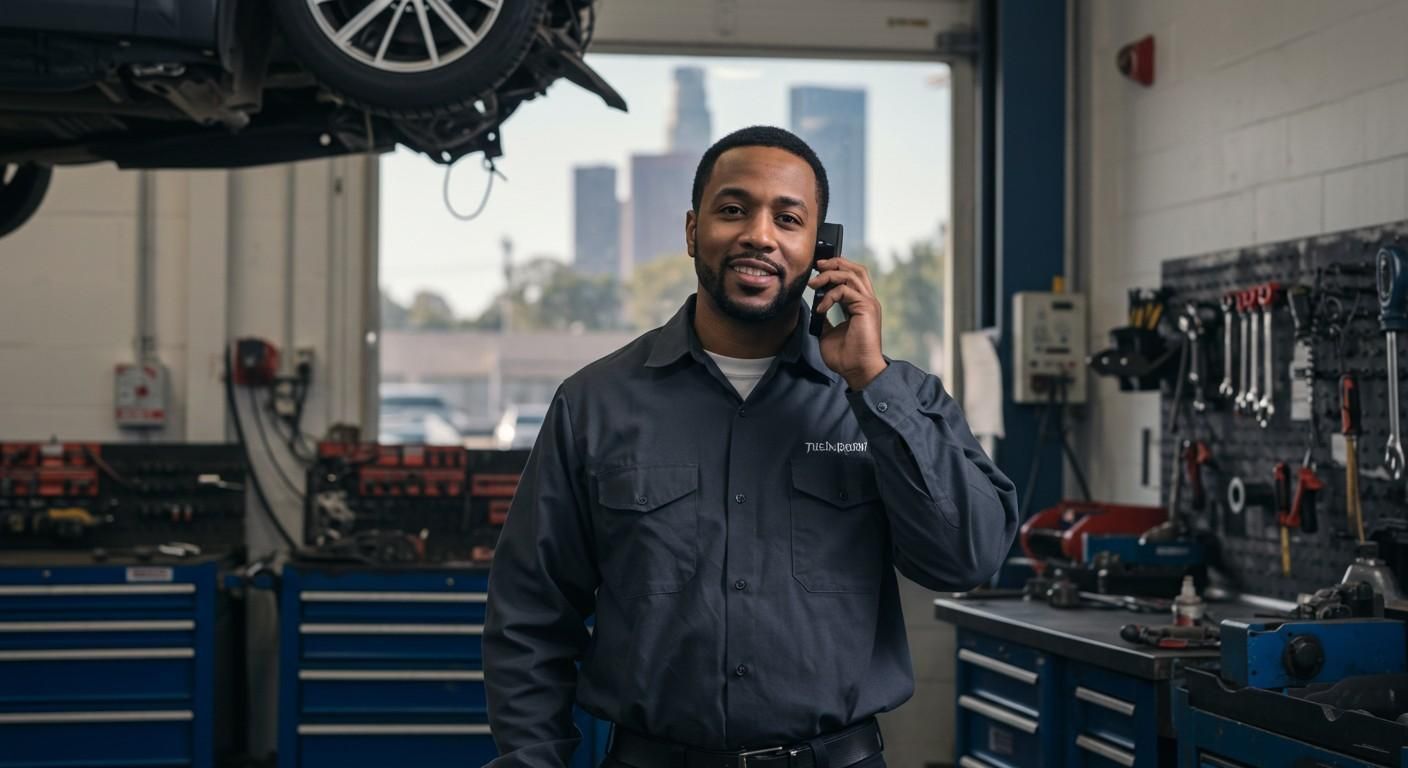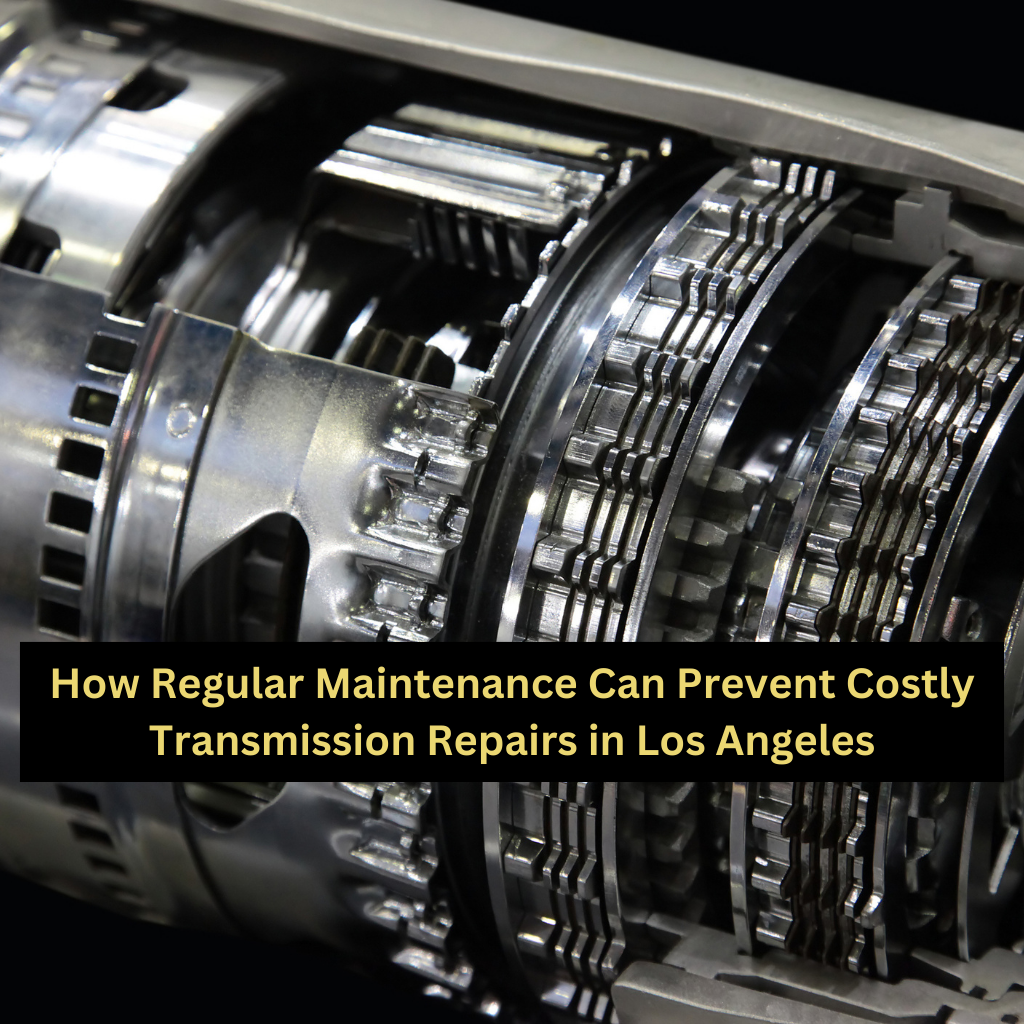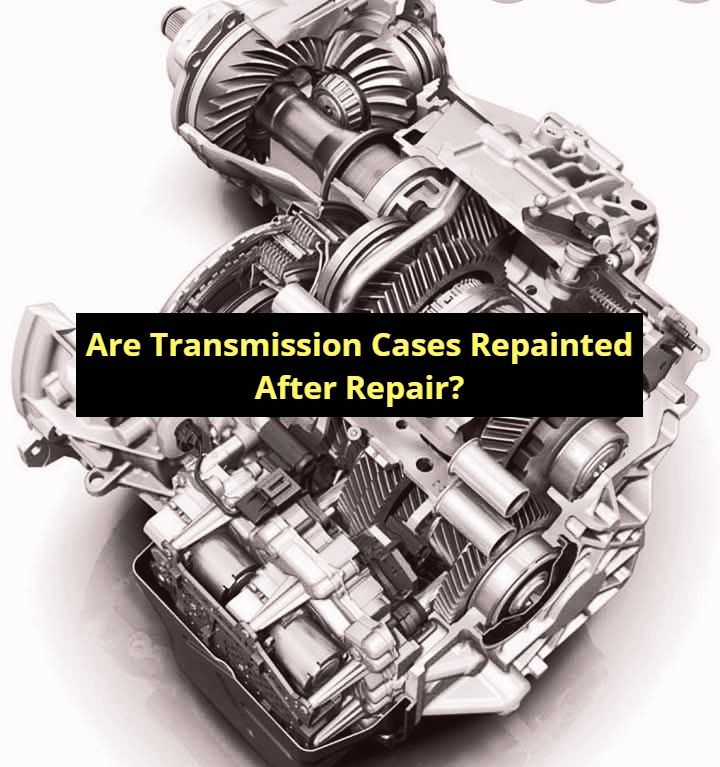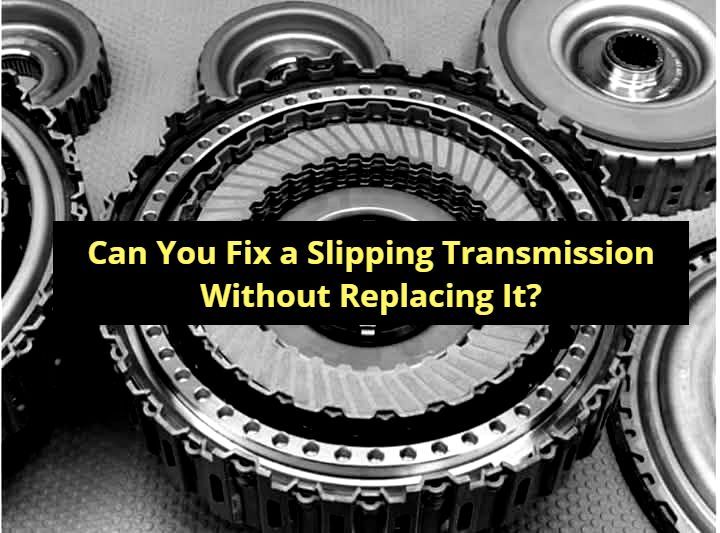Can I Drive With A Broken Fuel Pump?
Most drivers don’t expect their car to quit without warning. But when the fuel pump fails, that’s exactly what can happen, at the worst time and place.
A vehicle that loses power in traffic or refuses to start can turn into more than just an inconvenience. It becomes a risk.
Can I Drive With A Broken Fuel Pump?
No, you should not drive with a broken fuel pump. It can cause your engine to stall, overheat, or shut down completely, creating dangerous situations and higher repair costs.
Can I Drive With A Broken Fuel Pump - A Quick Answer
Driving with a broken fuel pump is never a safe option. While your car may still run for a short distance, the risk of sudden engine failure is high.
You could lose power mid-turn, stall in heavy traffic, or damage essential parts like the catalytic converter and injectors.
A weak fuel pump starves the engine, making it misfire, run rough, or shut off entirely. Ignoring it not only creates safety issues but also drives up repair bills fast. It’s always better to stop, get help, and fix the problem before more damage spreads.
Fuel Pump Trouble in Los Angeles? JC’s Auto Repair Shop Has You Covered
If your car shows signs of a bad fuel pump, don’t wait until it leaves you stranded. At JC’s Auto Repair Shop in Los Angeles, we fix fuel pump issues fast, safely, and with expert care.
Our experienced technicians know how to spot the problem early and fix it right the first time. Whether your car struggles to start, stalls on the road, or just feels off, we’re here to help.
Locals choose us for honest service, fair pricing, and trusted results. Don’t take chances with your safety or your engine.
Call us today at 323 792 1777 or visit our Contact Us page to schedule your repair!
Signs of a Broken Fuel Pump
A weak or broken fuel pump doesn’t fail silently. Your vehicle gives off clues; you just need to know what to look for. When the pump stops working properly, fuel doesn’t reach the engine the way it should.
If your car has been acting strangely, here are clear signs of a damaged fuel pump:
- The engine sputters while driving
- The car stalls suddenly and often
- Difficulty starting the engine
- Loss of power when climbing hills or accelerating
- Noisy fuel tank, a whining or buzzing sound
- Decreased fuel efficiency
- The engine doesn’t start even though it cranks
Each of these signs points to a fuel system that’s not getting the pressure it needs. Ignoring them can lead to a full breakdown.
How to Start a Car With a Broken Fuel Pump?
Starting a car with a bad fuel pump is tricky. It’s not a long-term fix, but in an emergency, a few methods might help you move the car a short distance, like to a mechanic’s shop.
Here are some steps you can follow if your fuel pump isn’t working but you need to start the vehicle:
- Cool down the engine: Let the engine sit for 30–45 minutes. Sometimes, a worn pump overheats and stops working. Cooling it down can help it restart briefly.
- Use fuel pump pressure: Turn the key to the "on" position (without starting the engine). Do this 3–5 times. This may help the pump build enough pressure to start.
- Use a fuel additive: Pour a fuel system cleaner into the tank. If the pump is just clogged, this may help clear minor blockages.
- Use external pressure: Mechanics may use external fuel pressure tools to bypass the weak pump. This step is not DIY-friendly.
- Try starting the engine: After these steps, turn the key to start. If it runs, drive only to a nearby service station; do not push your luck.
Keep in mind, these are short-term solutions. A fuel pump that fails once is likely to fail again soon.
Is It Okay to Drive With a Broken Fuel Pump?
No, driving with a broken fuel pump is not safe. While your car might move for a short distance, it can stall at any moment. This puts you and others in danger, especially on highways or in traffic.
A failing fuel pump starves the engine of fuel. This leads to misfires, rough idling, and finally, total engine shutdown. You also risk damaging other parts like the fuel injectors, spark plugs, and even the catalytic converter.
The bottom line? If your fuel pump fails, stop driving and get your car checked by a professional mechanic.
Consequences of Driving With a Broken Fuel Pump
A broken fuel pump doesn’t just cause inconvenience. It triggers a chain reaction of damage in your vehicle. The longer you drive with it, the more costly the outcome becomes.
Let’s break down the real risks of ignoring a bad fuel pump.
1. Engine Misfires
An engine misfire is one of the earliest warning signs of a broken fuel pump. When the pump fails to deliver consistent fuel pressure, the air-fuel mixture becomes uneven. This causes cylinders to fire at the wrong time, or not at all. You’ll feel sudden jerks while accelerating, especially during uphill drives or heavy loads.
Misfires don’t just make driving uncomfortable; they also damage engine components. Repeated misfiring stresses the crankshaft and pistons. Over time, it may trigger warning lights, rough idling, or even cause the engine to stall. Fixing a misfire caused by a faulty fuel system becomes harder if the issue is ignored.
2. Complete Engine Shutdown
A total engine shutdown is the most serious outcome of a broken fuel pump. When fuel stops flowing to the engine, combustion halts, and the vehicle shuts off completely. This can happen without warning, even if you were driving fine a few minutes earlier.
If your engine stalls in traffic, it puts you and other drivers in immediate danger. You might lose steering power or braking support depending on your vehicle. In some cases, restarting the car is impossible, leaving you stuck until a tow truck arrives. A fuel pump failure at high speed is a serious road hazard and must never be taken lightly.
3. Overheating Engine
Fuel not only powers your car, but it also helps cool certain engine parts during combustion. When a fuel pump fails, your engine may run "lean", meaning it receives more air than fuel. This imbalance raises internal temperatures rapidly.
Over time, this leads to an overheating engine, especially during long drives or hot weather. High heat damages the engine block, gaskets, and cylinder heads. If left unchecked, the result could be a warped or cracked engine, which demands costly repairs or even a full engine replacement.
4. Damaged Catalytic Converter
The catalytic converter is a crucial emissions control device. It burns off excess hydrocarbons in exhaust gases before they exit the tailpipe. But when a fuel pump malfunctions, unburnt fuel can slip into the exhaust system.
This raw fuel burns inside the converter, causing it to overheat and melt internally. A damaged converter restricts airflow, reduces fuel economy, and eventually triggers the check engine light. Replacing a catalytic converter can cost over $1,000, and ignoring it can cause your car to fail emissions tests or run poorly overall.
5. Fuel Injector Damage
Fuel injectors rely on constant pressure to spray fuel evenly into each cylinder. A weak or faulty fuel pump disrupts this flow, leading to pressure drops and erratic fuel delivery. Over time, this can clog or damage the injectors.
Dirty or damaged injectors can’t atomize fuel properly, which lowers performance and increases engine wear. They may also cause engine knocking or poor throttle response. Once injectors go bad, cleaning them might not help; full replacement is often required, and that adds hundreds to your repair bill.
6. Stalling in Traffic
One of the most dangerous effects of a failing fuel pump is unexpected stalling. This often happens while idling, making turns, or slowing down times when you least expect a breakdown.
If your car dies in the middle of an intersection or on a highway, you risk collisions or being hit by other vehicles. Restarting the engine may not be possible without help. In these situations, your safety and that of passengers depend on quick action and luck. That’s why a broken fuel pump should never be ignored, even if the car “still runs.”
7. Increased Repair Bills
Putting off a fuel pump replacement always costs more in the end. What begins as a $300–$500 issue can quickly become a $1,500–$2,500 repair job if more parts fail. Misfires, overheating, fuel injector damage, and converter failure all add to your expenses.
Delaying the fix also wastes your time, with more visits to the mechanic, more tows, and more stress. You might even find yourself stranded far from home, needing emergency services. Acting early prevents these high costs and gives you peace of mind on the road.
Tips to Replace a Broken Fuel Pump
Replacing a fuel pump is not a task for beginners. It involves removing the gas tank, working with fuel lines, and handling sensitive electronics.
If you have the right tools and experience, you might handle it yourself. But for most drivers, it’s smarter to call a professional. Here are key tips if you choose to replace it:
- Disconnect the battery to avoid sparks or electrical shorts
- Drain the fuel tank fully to avoid spills or fire risks
- Use a fuel line disconnect tool for clean removal
- Replace the fuel filter along with the pump
- Double-check the pump wiring before closing up
- Use only OEM or high-quality replacement parts
- Test fuel pressure after installation to confirm everything works
Fuel pumps sit inside the tank, which makes access difficult. The job may require lifting the vehicle or removing other components.
That’s why we recommend calling a trained mechanic for a safe, clean, and effective replacement. It saves time, prevents mistakes, and keeps your warranty intact.
Wrapping It All Up
A broken fuel pump doesn’t just slow your car down; it puts your entire vehicle at risk. The signs start small: engine stutters, poor acceleration, maybe a strange noise.
But ignoring those signals leads to bigger issues like engine shutdowns, overheating, or costly part replacements.
If you're asking Can I Drive With A Broken Fuel Pump, the safest answer is no. Avoid the risks, save yourself from higher costs, and get the problem fixed right away.
A reliable ride starts with a healthy fuel system, and that begins by not pushing a car that’s already in trouble.


